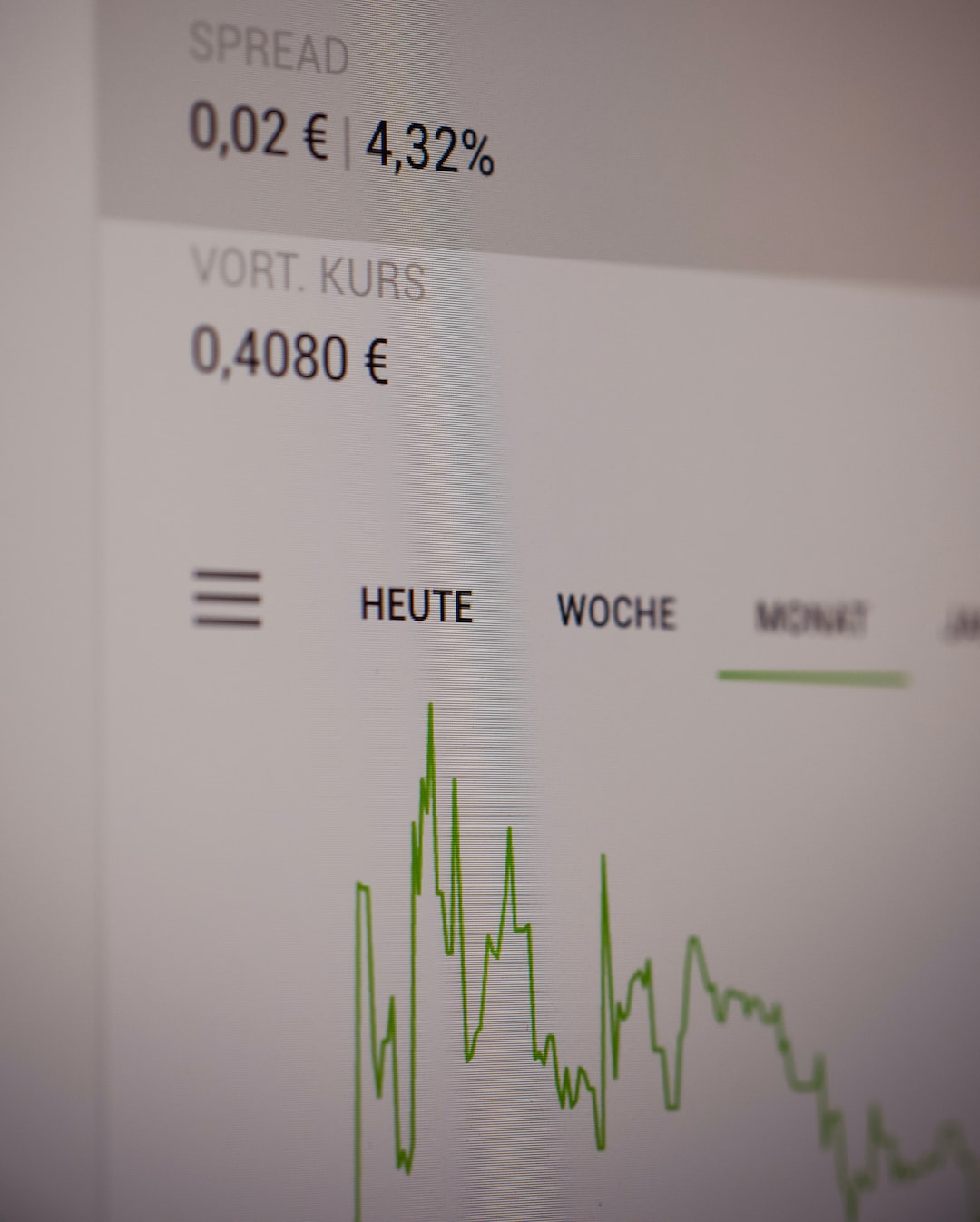The foreign exchange market, or forex, is a vast and complex market that has become increasingly popular over the years. The market is estimated to be worth over $5 trillion a day and is the most liquid market in the world. As a result, many traders and investors have written books on forex trading to share their knowledge and experience with others. Writing a forex book can be a daunting task, but with the right approach, it can be a fulfilling and rewarding experience. Here are some tips on how to write a forex book.
1. Define your audience
Before you start writing your forex book, you need to define your audience. Who are you writing for? Are you writing for beginners, intermediate traders, or advanced traders? Understanding your audience will help you tailor your content to their needs and level of experience.
2. Identify the purpose of your book
What is the purpose of your book? Are you writing to educate, inspire, or entertain? Once you have identified the purpose of your book, you can structure your content and choose the appropriate tone and style.
3. Choose a topic that you are passionate about
Choosing a topic that you are passionate about will make the writing process more enjoyable and engaging. It will also help you to stay motivated throughout the writing process.
4. Research and gather information
Research and gather information on your chosen topic. This can include reading books, articles, and blogs, attending seminars and webinars, and speaking to experts in the field. Make sure to keep track of your sources and take notes as you go along.
5. Organize your content
Organize your content into chapters and sections. This will help you to structure your book and make it easier for readers to follow. Make sure to include an introduction and conclusion to provide context and summarize your main points.
6. Write in a clear and concise style
Write in a clear and concise style that is easy to understand. Avoid using jargon and technical terms that may be unfamiliar to your readers. Use examples and case studies to illustrate your points and make them more relatable.
7. Edit and proofread your work
Edit and proofread your work to ensure that it is free from errors and mistakes. You can also ask a friend or colleague to review your work and provide feedback.
8. Publish and promote your book
Once you have completed your book, you can publish it through a traditional publisher or self-publishing platform. You can also promote your book through social media, blogs, and other marketing channels.
In conclusion, writing a forex book can be a challenging but rewarding experience. By following these tips, you can create a book that is informative, engaging, and valuable to your readers. Remember to define your audience, identify the purpose of your book, choose a topic that you are passionate about, research and gather information, organize your content, write in a clear and concise style, edit and proofread your work, and promote your book. Good luck!


